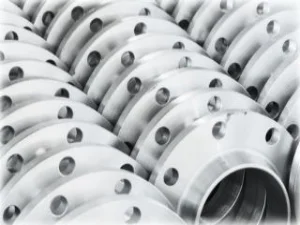Stainless Steel is a steel alloy that contains a minimum of 10% chromium. The additional chromium provides a pristine surface finish and exceptional corrosion resistance not found in carbon steels.

Stainless Steel is a steel alloy that contains a minimum of 10% chromium. The additional chromium provides a pristine surface finish and exceptional corrosion resistance not found in carbon steels.

Mill Master began with a vision to perfect the art of manufacturing. We specialize in providing businesses with bespoke industrial plastic and metal parts.
We simplify the process of getting custom parts made.
© 2024 Mill Master | All Rights Reserved
Designed and managed by Market Suite Pro.